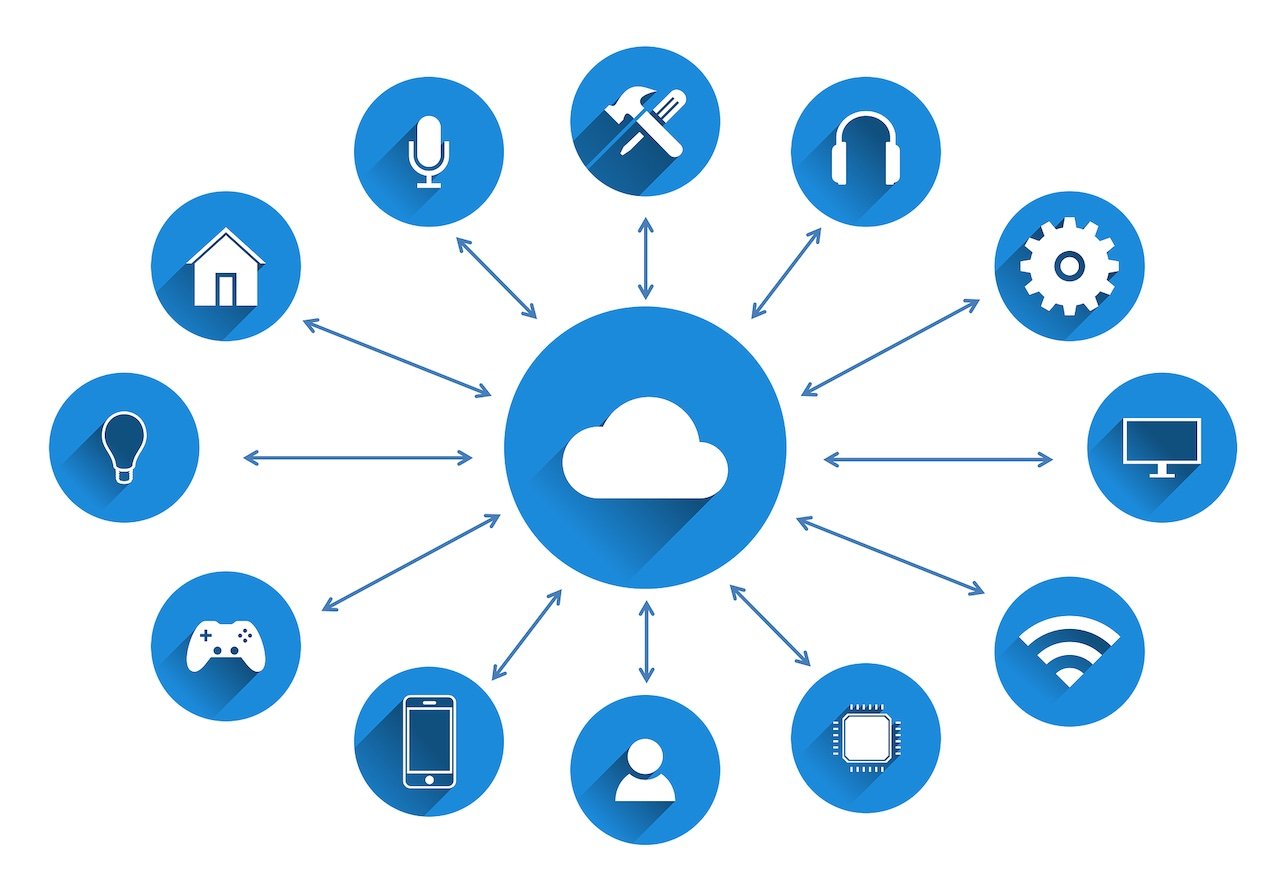
- March 2025 (2)
- February 2025 (1)
- December 2024 (2)
- November 2024 (2)
- August 2024 (2)
- June 2024 (3)
- May 2024 (3)
- April 2024 (1)
- March 2024 (3)
- February 2024 (2)
- January 2024 (2)
- December 2023 (1)
- November 2023 (2)
- October 2023 (2)
- September 2023 (1)
- August 2023 (1)
- July 2023 (2)
- June 2023 (3)
- May 2023 (2)
- April 2023 (1)
- March 2023 (4)
- February 2023 (1)
- January 2023 (2)
- November 2022 (2)
- October 2022 (1)
- September 2022 (1)
- August 2022 (2)
- July 2022 (2)
- June 2022 (2)
- May 2022 (1)
- April 2022 (3)
- March 2022 (1)
- February 2022 (3)
- January 2022 (2)
- December 2021 (1)
- November 2021 (1)
- October 2021 (2)
- September 2021 (3)
- August 2021 (1)
- July 2021 (4)
- June 2021 (1)
- May 2021 (2)
- April 2021 (2)
- March 2021 (2)
- February 2021 (3)
- January 2021 (3)
- December 2020 (1)
- October 2020 (1)
- August 2020 (1)
- August 2019 (1)
- January 2019 (2)
- September 2018 (5)
- June 2018 (1)
- November 2017 (1)
- September 2017 (1)
- July 2017 (1)
- May 2017 (1)
- January 2017 (1)
- October 2016 (2)
- August 2016 (1)
- July 2016 (1)
- June 2016 (1)
Subscribe by email
With global IoT connectivity comes a critical challenge: ensuring seamless connectivity for devices wherever they're deployed. Permanent roaming might seem attractive, but it often proves inadequate for IoT devices due to its inherent limitations, including data usage caps, compromised network quality, regulatory constraints, expensive carrier agreements, and service limitations. Managing permanent roaming across a vast, global network of devices can quickly become burdensome and impossible.
At Zipit, we recognize the limitations of permanent roaming for IoT deployments and have established strong partnerships with multiple MNOs worldwide. These partnerships create a robust global network infrastructure, ensuring your devices have reliable connectivity wherever they operate. In the following sections, we'll delve deeper into the challenges of permanent roaming, explore its risks, and present solutions to keep your devices seamlessly connected anywhere on the globe.
What is permanent roaming?
Roaming occurs when a device connects to a cellular network outside its designated coverage area, leveraging an alternative network to maintain connectivity. Roaming becomes permanent when a device continuously operates on a foreign network for an extended duration, distinguishing it from temporary roaming associated with personal mobile devices during travel.
Unlike consumer smartphones or tablets, IoT devices are often fixed in remote or specific locations where they must depend on whatever local cellular network is available to stay connected. For instance, a globally deployed fleet of shipping containers equipped with IoT sensors depends on networks across various countries to ensure data is consistently transmitted back to a central system.
However, relying on permanent roaming introduces significant challenges for global IoT connectivity. For example, service interruptions can arise in countries that have restrictions against or do not support permanent roaming. Permanent roaming agreements can also be costly, with increased fees for using foreign networks over prolonged periods. Such challenges highlight the importance of finding global connectivity solutions that ensure seamless operation while navigating the complexities of permanent roaming.
Risks of permanent roaming
Termination
Many MNOs limit roaming to 90 days. Devices that exceed this period violate the terms of service set by network providers. Traditional roaming agreements are structured for temporary travel and do not account for IoT devices that operate indefinitely on foreign networks. This misalignment can lead to abrupt service termination if the usage exceeds what's typically allowed, disrupting critical IoT systems' operations. Limited roaming has also required carriers to renegotiate contracts for M1 and NB-IoT, compared to their existing LTE contracts, as these two standards are primarily designed for IoT.
Unpredictable roaming charges
The cost implications of permanent roaming are significant and unpredictable. Roaming charges are often higher than local networks for several reasons. First, the fees associated with data transmission on roaming networks can escalate quickly, especially if the device transmits large amounts of data. Additionally, these extra costs can limit the scalability of IoT solutions, making permanent roaming financially unviable for a large number of devices.
Network deprioritization
MNOs often deprioritize devices using permanent roaming to prioritize local traffic and provide optimal service quality for the host network's primary subscribers. This deprioritization can result in delays and reduced functionality for IoT devices that rely on real-time data transmission, impacting overall system performance.
Poor service quality
Since roaming agreements usually prioritize local users, IoT devices may experience reduced bandwidth and increased latency. Also, violations like exceeding a 90-day SIM limit or infringing on the terms of service can cause abrupt connectivity interruptions. These scenarios are particularly problematic for applications that require real-time data exchange since diminished service quality hinders operational efficiency and reliability.
Countries that restrict permanent roaming
Some nations have restrictions or even outright bans on permanent roaming. These measures are often aimed at protecting local telecom operators, preserving network integrity, or addressing national security concerns. Failure to comply with these regulations can result in service disruptions or legal complications.
Countries like Brazil, Turkey, and Nigeria have instituted bans on permanent roaming. Although not explicitly banned, permanent roaming is effectively prohibited in China, Egypt, India, Saudi Arabia, Singapore, and the UAE. While there may not be specific laws or regulations explicitly stating that permanent roaming is illegal in these countries, the policies, regulatory frameworks, or practices make it practically impossible to use permanent roaming.
Carriers in certain countries have adopted restrictive policies regarding permanent roaming. These policies could include limiting roaming device functionality, imposing high fees, or providing suboptimal service to discourage their use.
Due to these restrictions, relying only on permanent roaming isn't practical. Instead, global deployments require agreements with multiple local operators and a global SIM solution. With Zipit's vast network of global MNO partnerships, we provide streamlined global SIM solutions to tackle the challenges of permanent roaming effectively.
Challenges of permanent roaming
The challenges you’ll face with permanent roaming can impact the deployment and operation of IoT devices worldwide. Each challenge requires careful consideration and planning to ensure your IoT services' successful operation and scalability worldwide.
Limited global coverage
The variability of roaming regulations across different countries leads to inconsistent coverage. Each country has its own set of rules and agreements concerning roaming, so IoT devices might encounter areas where connectivity is either restricted or entirely unavailable. This inconsistency can disrupt the seamless operation of globally deployed IoT solutions, making it challenging to guarantee reliable service everywhere.
Multiple carrier management
Dealing with multiple network operators across different regions adds a complex management layer for IoT deployments. Each carrier has its contractual agreements, billing models, and support structures. Navigating these diverse and sometimes conflicting systems can be a logistical challenge, demanding substantial time and resources to manage effectively. This complicates operations and detracts from focusing on core business objectives.
Continual monitoring of service quality
In permanent roaming, IoT devices use networks beyond their home carrier's control, making maintaining quality performance difficult. This limitation requires constantly monitoring and managing connectivity issues, latency, and data speeds across different networks. The challenge here is the indirect control over these networks, requiring extra effort to ensure your IoT devices work smoothly.
Limited scalability
The constraints of permanent roaming significantly impact the scalability of IoT deployments. As the number of devices and the volume of data increase, the challenges of managing multiple carrier relationships, ensuring consistent global coverage, and maintaining service quality become more daunting. Additionally, the financial costs associated with roaming can escalate rapidly with scale, making it financially prohibitive to expand IoT solutions to new markets or increase the density of connected devices in existing deployments.
Solutions to permanent roaming
Navigating the complexities of permanent roaming requires strategic solutions that address connectivity, cost, and management challenges.
1. Choose a global roaming SIM from a provider with multiple MNO relationships
Through pre-negotiated agreements, a global roaming SIM automatically selects the best available network in any region. This ensures seamless global coverage and continuous connectivity for IoT devices. Choosing a connectivity provider like Zipit, who holds negotiated agreements with numerous MNOs worldwide, is crucial. Our MNO partnerships allow us to offer comprehensive global SIM solutions that keep your devices connected with the best possible network, regardless of location.
2. Choose an eUICC SIM
The eUICC SIM (e-SIM) offers a dynamic approach to global connectivity. It allows the remote management and switching of carrier profiles, enabling devices to adapt to new network agreements or changes in geographic location without the need for physical SIM swaps. This flexibility is valuable for efficiently managing devices across countries with varying regulatory environments and optimizing network performance.
Learn more: Scaling IoT Globally: A Guide to Global SIM Strategies & Solutions
3. Choose a localized SIM approach
A localized SIM approach provides a solution for scenarios where a single SIM solution does not suffice, especially in regions with high data requirements or stringent regulations. This strategy ensures your devices leverage local networks, enhancing connectivity and compliance with regional regulations.
4. Use a connectivity management platform
Centralizing management becomes crucial when your IoT devices rely on multiple MNOs across different regions. Zipit's connectivity management platform consolidates all your devices' connectivity management and billing, regardless of the number of MNOs involved. This unified system significantly simplifies the logistical challenges of permanent roaming, such as tracking data usage, managing costs, and ensuring consistent connectivity across your global IoT deployment.
Anywhere your devices go, Zipit connects
Navigating the specific challenges of permanent roaming requires a targeted approach, especially when deploying IoT devices worldwide. Zipit directly addresses these issues with connectivity solutions that ensure your devices stay connected in any corner of the globe.
Simplified global coverage with strategic partnerships
Zipit's global agreements with multiple Tier 1 carriers offer unparalleled connectivity and enable permanent roaming use cases in most countries. This ensures your devices stay online, everywhere, without the typical restrictions on permanent roaming. Our partnerships allow us to provide global SIMs that support permanent roaming across a wide range of countries, sidestepping the common challenges faced with competitors.
Flexible global SIM solutions
Single global roaming SIM: Our single global roaming ZIM provides broad coverage by seamlessly connecting to multiple networks worldwide. This SIM is ideal for devices that need widespread, reliable connectivity without the constraints of geographical boundaries.
eUICC SIM: The eUICC SIM allows for the remote management and swapping of carrier profiles, so your devices can adapt to the best available network without needing physical SIM changes.
Localized multi-carrier SIMs: For scenarios requiring substantial data usage, such as Fixed Wireless Access (FWA) applications, Zipit supplies SIMs directly from local Tier 1 operators. This approach meets the high data requirements efficiently and ensures compliance with local regulations and optimal network performance, leveraging the strengths of local infrastructure.
Learn more: How Does a Multi-Carrier IoT Device Choose a Carrier?
Streamlined management
Our connectivity management platform centralizes your devices and simplifies the management across various MNOs. You can monitor data usage, manage costs, and easily maintain connectivity, all through a single interface designed for clarity and control over your global IoT network.
As you plan for scalability and global growth in your IoT operations, Zipit's connectivity solutions can support your expansion. Our partnerships and technology are designed to keep you a step ahead, ensuring that your devices are always connected and your operations are always efficient. Contact Zipit to optimize your global IoT strategy.
You may also like:
Related Content
The latest IoT insights and platform updates from Zipit.
The network an IoT device selects significantly impacts the strength and reliabili...
Deploying an IoT solution brings significant value to businesses, but it also intr...
In today’s connected world, ensuring that your cellular IoT devices work seamlessl...



